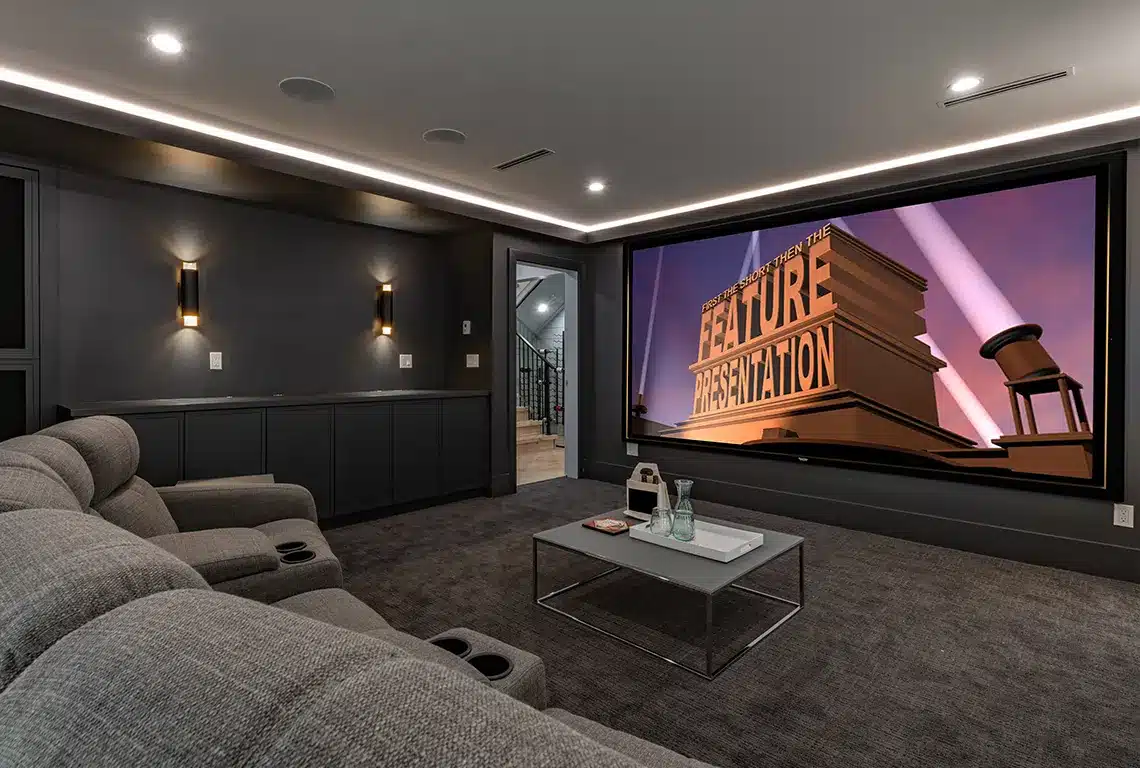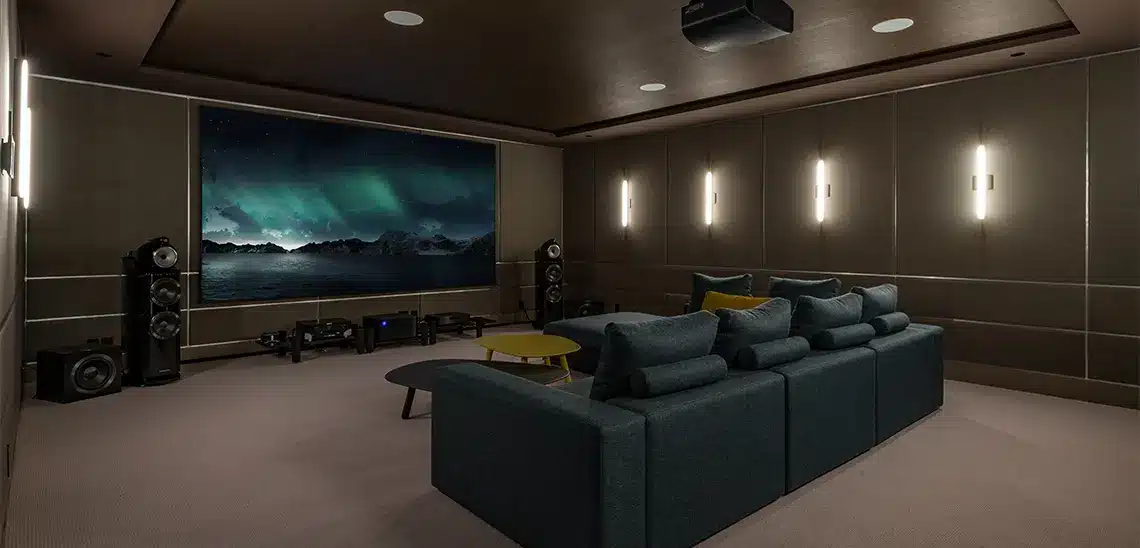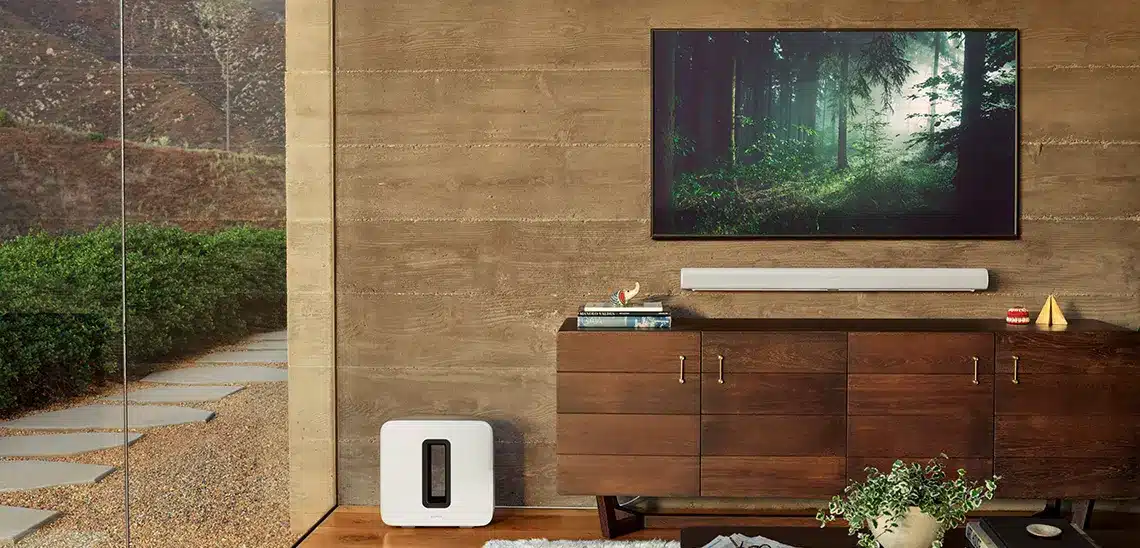You’ve enjoyed your home theater so far, but perhaps you’re beginning to notice all the little ways it doesn’t quite match the actual cinematic experience. Something is a bit off, but you can’t put your finger on it. However, our experts at iWired understand that your existing setup may only need a simple adjustment or a small purchase for your home theater to reach its maximum potential. Here are five adjustments you can give your home theater.

Recalibrate your Media Settings
The majority of TV and projector default settings don’t fit every household, so recalibrating the settings on your TV and media player will help improve your cinematic experience. First, you should dim your home theater or media room’s ambient lighting as if you were about to enjoy a movie night because some movies or shows have extremely dark scenes where it can be difficult to discern the onscreen action. Next, adjust your TV’s capability to process bright colors, dark lighting, and balanced contrast through picture presets and individual adjustments to create a vivid image you enjoy. Now move to your audio settings, where you can play with different modes such as Bass Boost or Dialogue Enhancement, which will increase comprehension of character conversation and improve dramatic sound effects.
Turn off Motion Interpolation
Certain TV screens seem to display visual action that feels a little too crisp and in your face that make a Marvel action film feel like a soap opera. This effect is known as motion interpolation, or motion smoothing, since it generates additional frames between each frame of the film to simulate a higher framerate and “smooth” the image. However, many people feel put off by this effect. Most new TVs come with motion interpolation as the default, so if you’d rather switch it off, just go to the settings menu where you can choose your preference.

Rearrange Your Speakers
You’re not getting the surround-sound experience you thought you signed up for, but rearranging your speakers may be all you need to do. If you want to have the best audio experience possible, correct speaker placement is essential. Luckily there are plenty of speaker positioning diagrams available online to give you an idea of your speaker placement based on the number of channels your system has. The majority of diagrams demonstrate a top-down perspective with the viewer in the center of a circle of audio. Your speakers should sit equidistant several feet from your seating, along the perimeter of a circle. For example, in a 5.1 arrangement (five speakers and one subwoofer), your left and right front speakers should form a 60-degree angle between them with the third front speaker centered in-between. Your subwoofer can sit in the front depending on your preference, and the back speakers should sit around 100 degrees from the center. By placing your speakers on dedicated stands, you’ll be able to increase their sound precision.
Add Some Bias Lighting
Do your eyes begin aching after looking at a screen for too long? At times, the contrast of a bright, dynamic screen against the dark, still backdrop of a room strains our vision. Installing a bias light that sits behind your television can be an effective visual aid that reduces eye strain and improves our ability to focus on the action happening onscreen. The bias light is a gentle backlight that allows you to choose between different color and brightness levels, but if you’re on a budget, a simple LED strip will do the job too. Your vision will appreciate it.

Bring in a Soundbar or Subwoofer
Most TV speakers are too weak to properly manage the highest and lowest frequency ranges which are vital to the cinematic experience. If you don’t already own a multi-channel surround-sound system or want to invest in one, the combination of a soundbar and subwoofer is enough to take your audio experience to the next level. There’s a wide price and capability range of soundbars; some simply enhance sound effects and dialogue, while others have surround-sound capabilities and multi-room functionality. Pair your soundbar with a smartphone via Bluetooth or a voice control assistant if you want to listen to music or other audio. The addition of a subwoofer gives your sound setup a bass boost through its ability to handle the lower frequencies in a show or movie. If you already own an AV receiver, check it for a sub-out connection that will link your subwoofer to the system.
Now that you’ve adjusted your home theater setup, we hope it’s feeling and looking brand new. Our team at iWired is prepared to help you design a home theater perfect for your lifestyle. If you have questions on your current home theater setup or are ready to invest in upgrades or a new system, contact us today!
